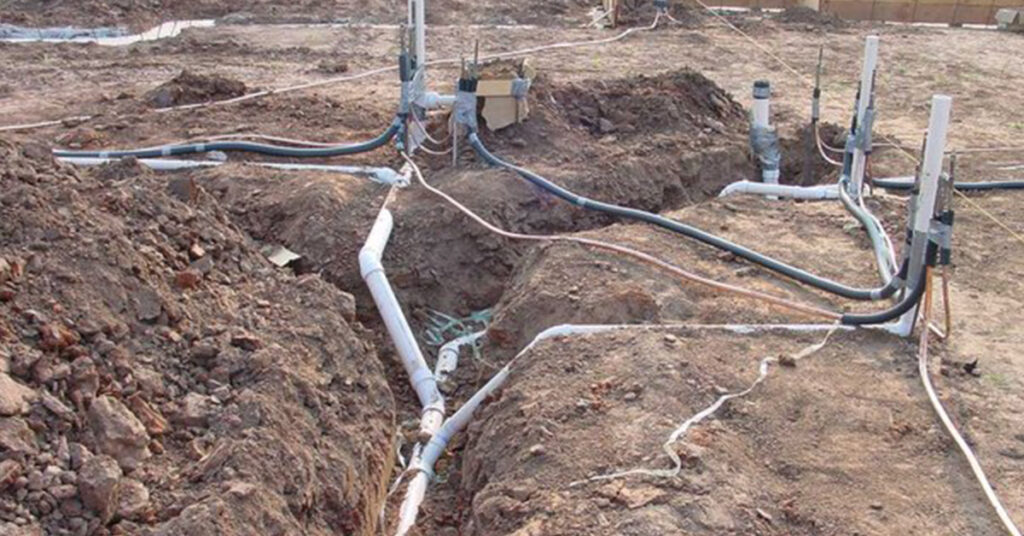Creating your dream home is an exciting journey filled with endless possibilities. However, you shouldn’t forget to take into account one of the most fundamental aspects of any house: plumbing. It’s important to understand the costs involved with plumbing for a new house so you can budget and ensure a smooth build. This guide will help you understand what factors affect how much does plumbing cost for a new house. Let’s get started.
How Much Does Plumbing Cost for a New House?
When building a new house, one of the most significant expenses you’ll encounter is plumbing. The cost of plumbing for a new home can vary widely depending on several factors, including the size and layout of the house, the complexity of the plumbing system, the materials used, and local labor rates. To give you a rough estimate, let’s break down the typical costs associated with plumbing a new house:
1. Basic Plumbing System
For a standard new home with a basic plumbing system, you can expect to pay anywhere from $5,000 to $10,000. This includes installing pipes, fittings, and fixtures for essential areas such as kitchens, bathrooms, and laundry rooms.
2. Material Costs
The cost of materials is a significant factor in plumbing expenses. For example, copper pipes are durable but more expensive than PVC or PEX pipes. Similarly, high-end fixtures can significantly increase your plumbing budget compared to more budget-friendly options.
3. Labor Costs
Labor costs typically account for a significant portion of plumbing expenses. Depending on the complexity of your plumbing system and local labor rates, labor costs for a new house can range from $2,000 to $5,000 or more.
4. Additional Features
If you’re including additional features in your new home, such as a luxury bathroom with spa-like amenities or a custom kitchen with multiple sinks and appliances, expect plumbing costs to increase accordingly. These features add complexity to the plumbing system and require additional materials and labor.
5. Permitting and Inspection Fees
Don’t forget to budget for permitting and inspection fees, which are necessary to ensure that your plumbing system meets local building codes and regulations. Permitting and inspection fees can vary depending on your location but typically range from a few hundred to a few thousand dollars.
6. Contingency Fund
Finally, it’s wise to set aside a contingency fund of 10-20% of your total plumbing budget to cover any unforeseen expenses or changes during the construction process. This buffer can help mitigate the impact of unexpected challenges and prevent budget overruns.
Read More: Do You Tip a Plumber?
The Takeaway
The cost of plumbing for a new house can vary depending on several factors, including the size and complexity of the plumbing system, material selection, labor rates, and additional features. By understanding these factors and budgeting accordingly, you can ensure a successful and cost-effective plumbing project for your new home.


